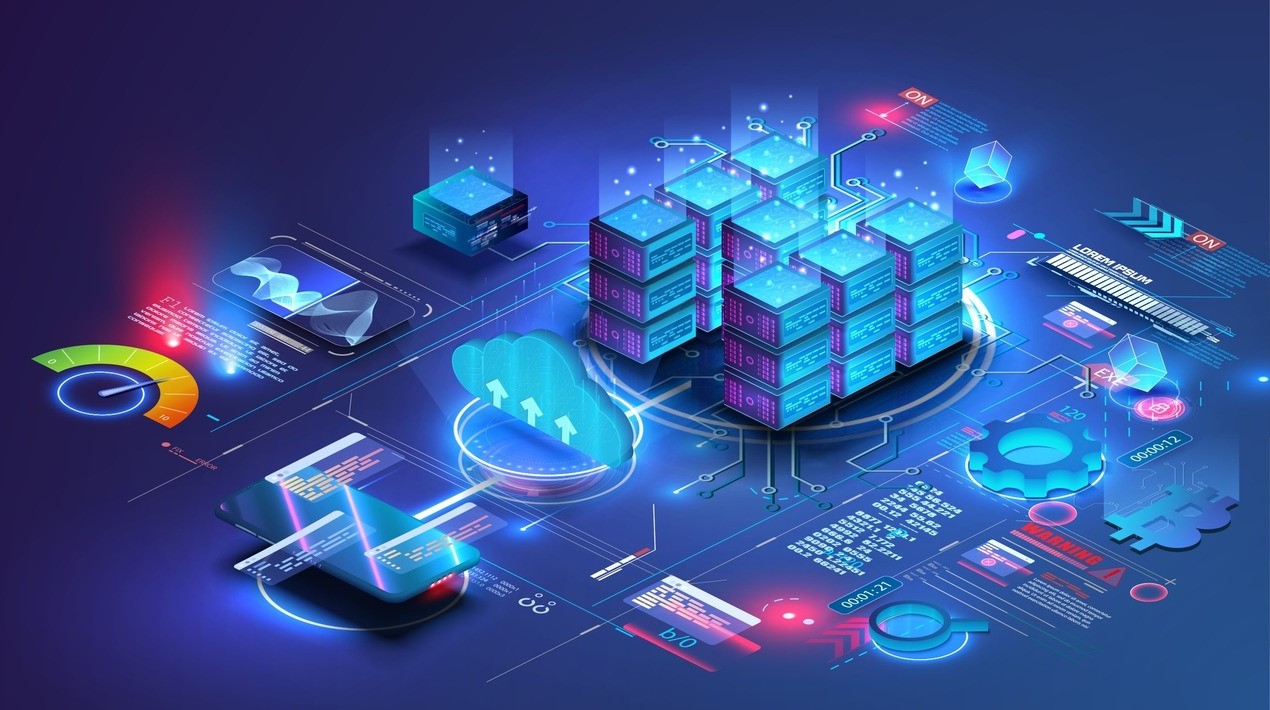
|
Getting your Trinity Audio player ready...
|
The two master’s of engineering students, Irene Terpstra and Rujul Gandhi, at MIT’s 6A MEng Thesis Programme, are leveraging the power of natural language to push the boundaries of digital technology. Under the mentorship of Anantha Chandrakasan, MIT School of Engineering dean, Xin Zhang from a multinational technology corporation, and others at the MIT- AI Lab, Terpstra and Gandhi are at the forefront of two distinct projects that harness the capabilities of artificial intelligence (AI) and machine learning.

Terpstra’s project focuses on advancing computer chip design by integrating AI algorithms. As computing evolves, the need for innovative hardware becomes imperative. Terpstra, alongside her mentors, is developing an AI system that systematically analyses language models to enhance the circuit design process. The team utilises pre-trained language models like Generative AI, an open-source circuit simulator, and a reinforcement learning algorithm.
The overarching objective is to synergise the inherent reasoning capabilities ingrained in expansive language models with the formidable optimisation prowess exhibited by reinforcement learning algorithms. In envisioning the future, Terpstra foresees a landscape where these advanced AI systems autonomously undertake the intricate task of designing computer chips, potentially ushering in a revolutionary era in chip design methodologies. This transformative process holds the promise of enhancing efficiency and significantly reshaping the landscape of technological innovation.
On the flip side of the technological spectrum, Rujul Gandhi is directing his efforts towards enhancing communication between humans and robots by delving into natural language processing. Gandhi is developing a sophisticated parser in a collaborative initiative with esteemed advisors Yang Zhang and MIT Assistant Professor Chuchu Fan.
This innovative tool is designed to seamlessly convert intricate natural language instructions into a format easily understandable and actionable by machines. By bridging the gap between human communication and artificial intelligence, Gandhi’s work cannot only streamline interactions with robots but also pave the way for more intuitive and user-friendly interfaces in various technological domains.
The system, built on the T5 encoder-decoder model, breaks down instructions into smaller logical units, allowing the AI to understand and execute sub-tasks based on user commands. This approach facilitates smoother communication and enables the system to comprehend logical dependencies expressed in English, enhancing its versatility in understanding complex instructions. The dataset used for training includes step-by-step instructions across various robot task domains, emphasising flexibility in how users phrase their commands.
Gandhi’s work extends beyond language processing for robotics. She is also involved in developing speech models, particularly for low-resource languages. In these languages, where transcribed speech data may be scarce, Gandhi’s team uses innovative methods to infer words and create a pseudo-vocabulary. This approach opens up new possibilities for language processing in regions with limited linguistic resources.
Gandhi’s research in low-resource language processing sheds light on the challenges faced in speech recognition for languages lacking sufficient transcribed data. Her team’s approach involves identifying common sound sequences and inferring words or concepts, creating a pseudo-vocabulary to label data efficiently. This method provides a valuable solution for language models when acquiring extensive data is challenging.
The MIT-AI Lab’s dual focus on chip design and natural language communication exemplifies the diverse applications of AI in shaping the future of digital technology. The collaboration between academia and industry leaders highlights the potential for AI to revolutionise multiple fields, from semiconductor engineering to human-robot interaction, pushing the boundaries of what is possible in digital innovation.
In the future, these pioneering initiatives from the MIT-AI Lab will reshape the landscape of digital technology and artificial intelligence. The advancements made by Irene Terpstra and Rujul Gandhi indicate the transformative potential of integrating AI with various domains, from semiconductor design to human-robot interaction. In the ever-evolving landscape of digital technology, these endeavours serve as beacons, guiding the way towards a future where the potential of artificial intelligence is fully realised and harnessed for the betterment of humanity.
















